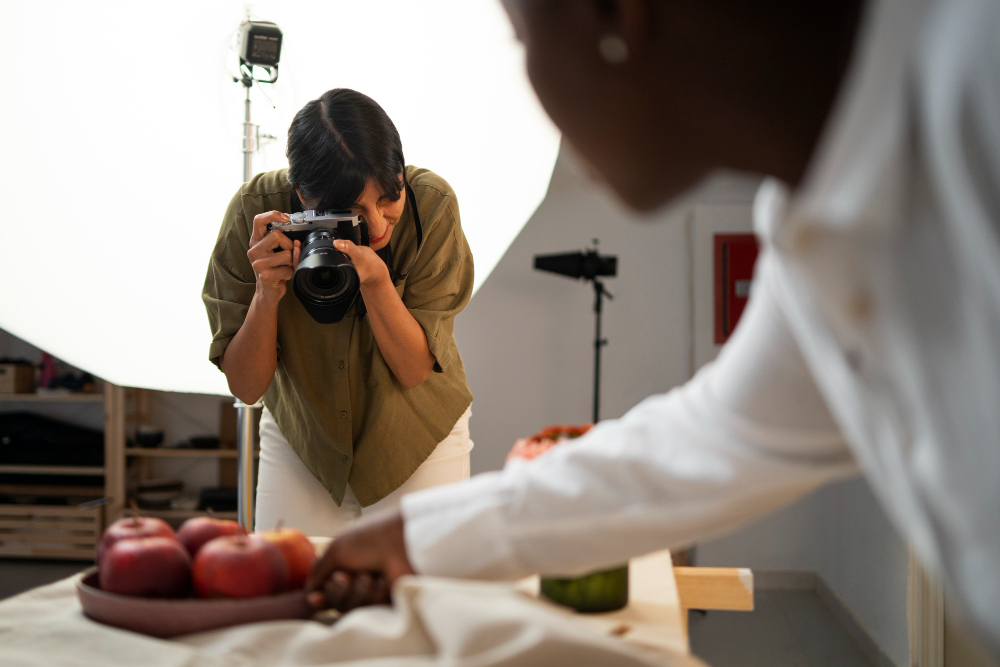Hitting a target with precision isn’t just about pulling the trigger—it’s a refined skill that professional marksmen spend years perfecting. Whether in competitive shooting, military training, or law enforcement, expert shooters rely on a combination of physical technique, mental discipline, and environmental awareness to achieve pinpoint accuracy. If you want to take your shooting skills to the next level, here are the key techniques used by top marksmen to master the perfect shot.
1. Proper Stance and Grip
A stable shooting stance is the foundation of accuracy. Professional marksmen typically use one of these stances:
- Isosceles Stance– Feet shoulder-width apart, arms extended, forming a triangle with the body.
- Weaver Stance – A staggered stance where the strong-side foot is back, offering better recoil control.
- Prone and Kneeling Positions – Often used in long-range shooting for stability and reduced movement.
Grip is equally important. A firm, yet not overly tight, grip on the firearm helps maintain control and mitigate recoil. Marksmen ensure their dominant hand applies forward pressure while the support hand provides lateral stability.
2. Breath Control
Breathing affects steadiness, and even slight movements can throw off accuracy. Professional shooters use controlled breathing techniques, such as:
- The Natural Respiratory Pause – Holding their breath at the end of an exhale, where the body is most stable.
- Slow, Rhythmic Breathing – Reducing tension and promoting focus before taking a shot.
Mastering breath control prevents unnecessary movement, ensuring a steady aim and precise shot placement.
3. Trigger Discipline and Control
A common mistake among beginners is jerking the trigger, which disrupts accuracy. Professional marksmen use a smooth, controlled trigger pull, applying pressure evenly without disturbing their aim. Techniques include:
- The Surprise Break– Gradually increasing pressure until the shot breaks, preventing anticipation.
- Follow-Through– Maintaining proper grip and sight alignment after firing to reinforce consistency.
Trigger discipline is critical not just for accuracy, but also for safety and efficient shot execution.
4. Sight Alignment and Sight Picture
Precision shooting demands proper sight alignment—ensuring the front sight post is centered within the rear sight aperture. The sight picture involves aligning this with the target correctly. Key practices include:
- Focus on the Front Sight– The front sight should be sharp and clear, while the target remains slightly blurred.
- Equal Height, Equal Light – Ensuring even spacing and level alignment between sights.
Red dot sights and scopes require similar principles but introduce factors like parallax adjustments and magnification considerations.
5. Recoil Management and Follow-Through
Recoil is inevitable, but professionals minimize its impact by:
- Maintaining a solid grip and stance to absorb energy.
- Allowing the firearm to return naturally to the target post-shot.
- Resetting the trigger smoothly for rapid follow-up shots.
Follow-through ensures consistency and allows shooters to make quick adjustments when necessary.
6. Environmental Awareness and Wind Reading
Long-range shooters, in particular, must account for environmental factors like wind speed, humidity, and elevation. Techniques used include:
- Mirage Reading – Observing heat waves for wind direction and intensity.
- Holdover and Kentucky Windage– Adjusting aim for bullet drop and wind drift.
- Barometric Adjustments– Accounting for air density changes at different altitudes.
Conclusion
Mastering the perfect shot requires more than just practice—it demands discipline, patience, and a deep understanding of the mechanics behind every trigger pull. By refining stance, breath control, trigger discipline, sight alignment, and environmental awareness, shooters can elevate their accuracy to a professional level. Whether you’re a competitive shooter or a firearms enthusiast, implementing these techniques will put you on the path to precision shooting success.

